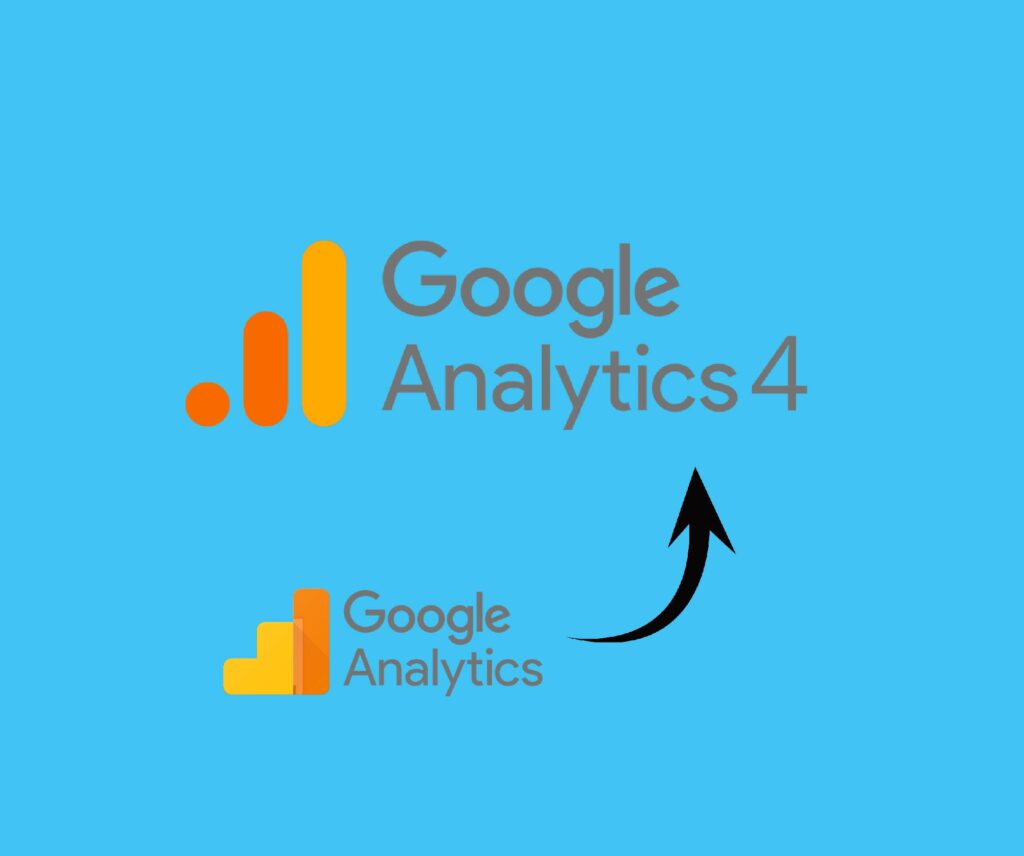Migration from Universal Analytics to Google Analytics 4
Google Analytics is used extensively for tracking site visitors, user behavior on the website, mobile app interconnectedly. In October 2020, Google Launched Google Analytics 4 ( GA4) which has much more advanced capabilities than existing Universal Analytics (UA) or GA3.
Also starting 1st July 2023, Google will no longer track and process data in Universal Analytics (UA) of GA4. So it is imperative to setup GA4 tracking on the website. If you are still using Universal Analytics and didn’t setup GA4, it is imperative for you to do it now.
Migrating from UA to GA4 is a tedious task and there is a risk of losing lot of settings especially custom variables, Custom dimensions, Custom Metrics, goals, conversions etc. All of these need to be setup properly and tested for errors.
The earlier we setup GA4, we start collecting data, tracking and customizing it for our requirements, it is better.
At Trilokana Marketing we manage Google Analytics as part of our integrated Digital Marketing Services. We also help migrate analytics seamlessly from UA to GA4. Over the last two years we have worked with 100+ clients across the world. Do contact us if you are planning to migrate from UA to GA4. You can also use the checklist provided by us to migrate on your own too.

Introduction to the Migration from UA to GA
Google has introduced a new version of its popular analytics platform called Google Analytics 4 (GA4). GA4 brings significant changes and enhancements compared to its predecessor, Universal Analytics (UA). If you’re currently using UA, it’s crucial to understand the migration process and the benefits of transitioning to GA4.
Why Migrate to GA4?
Migrating from UA to GA4 offers several compelling advantages. Firstly, GA4 provides a more holistic and flexible approach to tracking user interactions across different devices and platforms. It introduces an event-driven data model that allows for more in-depth analysis of user behavior and engagement.
Secondly, GA4 incorporates machine learning capabilities, enabling it to provide more intelligent insights and predictive analytics. This empowers businesses to understand user preferences, identify trends, and make data-driven decisions with greater accuracy.
Furthermore, GA4 is designed to meet the evolving privacy landscape, offering more robust options for data control and consent management. With increasing privacy regulations and the demise of third-party cookies, GA4 equips businesses with tools to navigate these changes and continue tracking and analyzing user data effectively.
The Migration Process
Migrating from UA to GA4 involves a series of steps to ensure a smooth transition of your analytics setup. Here’s an overview of the key steps involved:
- Create a new GA4 Property: Start by setting up a new GA4 property alongside your existing UA property. This allows you to collect data in both systems simultaneously during the migration phase.
- Review Data Collection Strategy: Evaluate your current data collection setup in UA and identify the events, goals, and custom dimensions you want to migrate to GA4. It’s an excellent opportunity to revisit and refine your tracking strategy to align with GA4’s event-driven model.
- Update Tracking Code: Implement the updated GA4 tracking code on your website or app. GA4 uses a different code snippet from UA, so you’ll need to update your tracking implementation accordingly. Ensure that both UA and GA4 codes coexist during the migration phase to maintain continuity in data collection.
- Configure Data Streams and Events: Set up data streams in GA4 to collect data from your website, mobile app, or other platforms. Define the events and parameters you want to track and send to GA4. Aligning your data streams and events with your desired analytics goals is essential to maximize the benefits of GA4.
- Integrate Additional Data Sources: GA4 allows for data integration from various sources, such as Google Ads, Firebase, and BigQuery. Evaluate the additional data sources you want to integrate with GA4 to gain comprehensive insights into your marketing and user data.
- Test and Validate: Once you have set up GA4 and integrated the necessary data sources, thoroughly test and validate the data collection and reporting to ensure accuracy. Compare the data between UA and GA4 during the migration phase to identify any discrepancies and address them promptly.
Post-Migration Considerations and Best Practices
After successfully migrating to GA4, it’s essential to establish post-migration considerations and follow best practices:
Data Segmentation and Analysis: Leverage the enhanced analysis capabilities of GA4, such as exploring user paths, analyzing user engagement, and utilizing the advanced audience segmentation features. Utilize the machine learning-powered insights to uncover actionable patterns and opportunities.
Update Reporting and Dashboards: Review your existing reporting and dashboards to align them with the new data model and reporting structure of GA4. Take advantage of the updated visualization options and reporting templates available in GA4 to create meaningful and customized reports.
Training and Education: Invest in training and educating your team about GA4’s features, functionality, and best practices. This ensures that your team can fully leverage the capabilities of GA4 and drive data-informed decision-making throughout the organization.
Ongoing Monitoring and Optimization: Continuously monitor the data quality, validate your tracking implementation, and optimize your GA4 setup based on your evolving business requirements. Stay updated with the latest features and updates from Google to leverage the full potential of GA4.
In conclusion, migrating from UA to GA4 is an essential step to unlock the enhanced capabilities, advanced tracking, and intelligent insights offered by GA4. By following a systematic migration process and adhering to best practices, you can smoothly transition to GA4 and gain a deeper understanding of your users, improve marketing effectiveness, and make data-driven decisions that drive business growth.
At Trilokana Marketing we help customers migrate analytics seamlessly from UA to GA4. Over the last two years we have worked with 100+ clients across the world. Do contact us if you are planning to migrate from UA to GA4.
